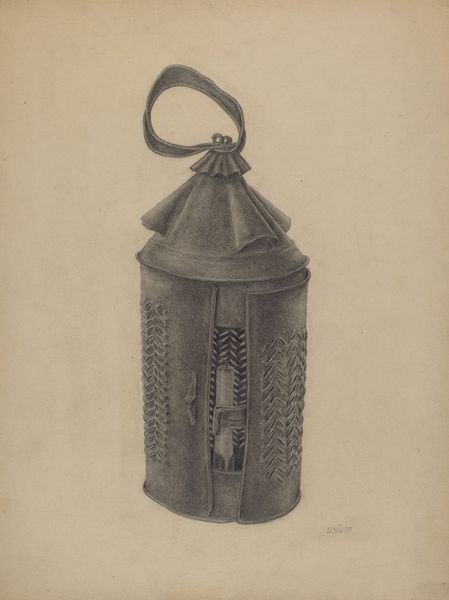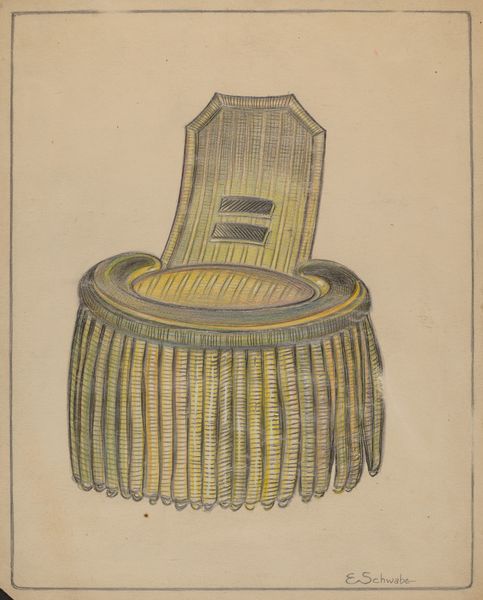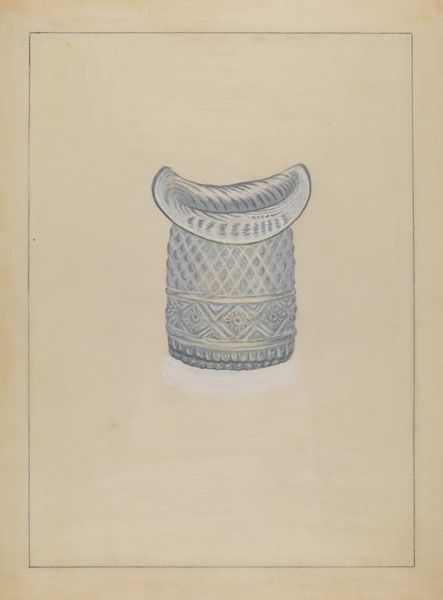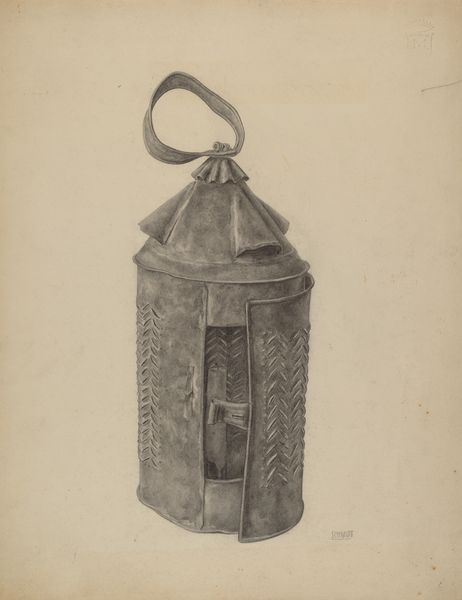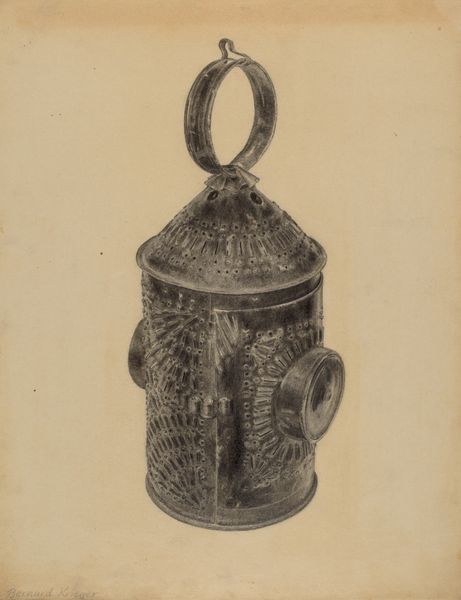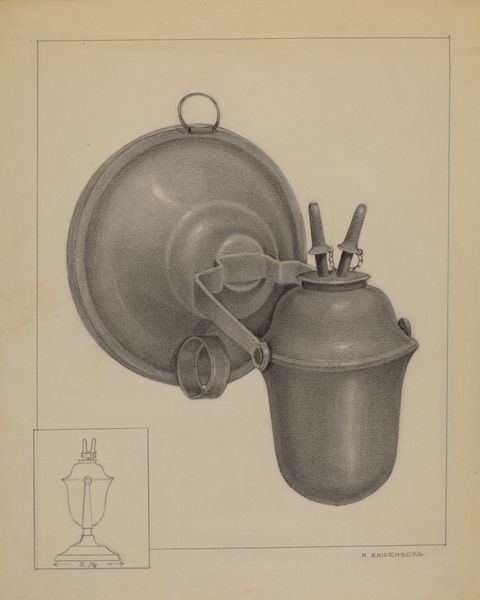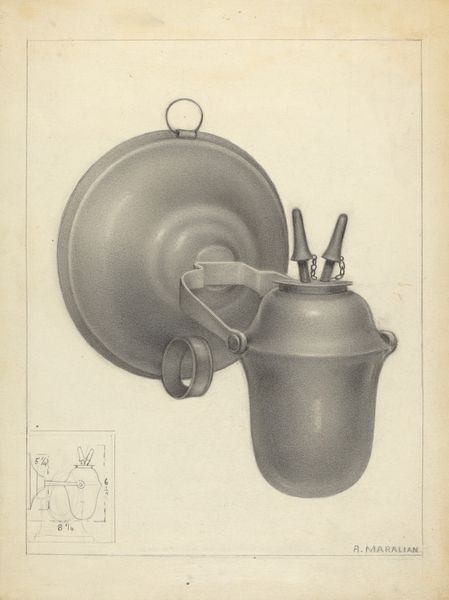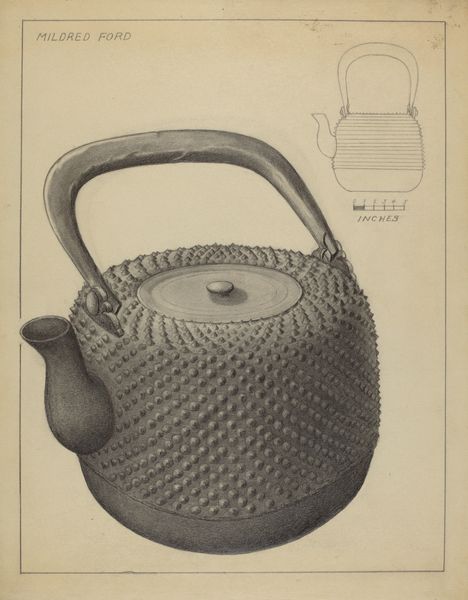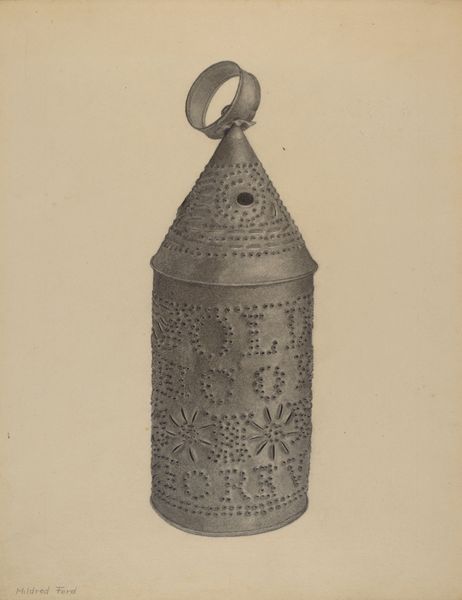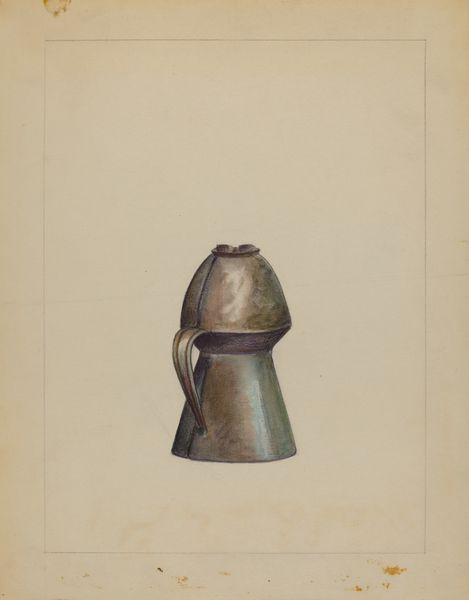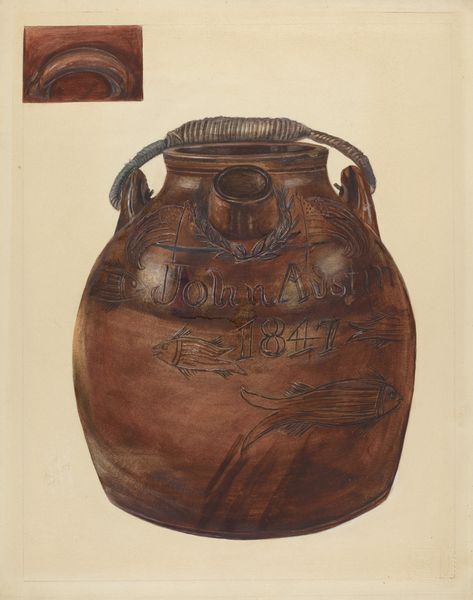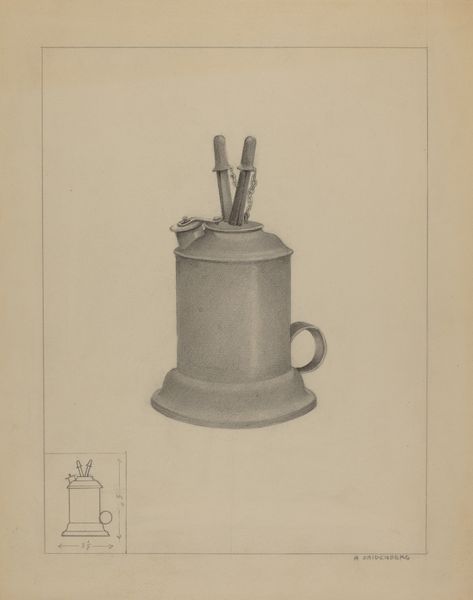
drawing, paper, graphite
#
drawing
#
aged paper
#
toned paper
#
light pencil work
#
blue ink drawing
#
pencil sketch
#
sketch book
#
paper
#
personal sketchbook
#
line
#
graphite
#
sketchbook drawing
#
storyboard and sketchbook work
#
sketchbook art
#
realism
Copyright: Rijks Museum: Open Domain
Curator: Welcome. We are standing before Eduard Isaac Asser's drawing, "Twee rieten manden," created after 1857. It's rendered with graphite and blue ink on paper, and is currently held in the Rijksmuseum collection. Editor: The sketch has such a simple grace, almost as if these mundane objects are rendered as precious relics, elevated by the artistry. Curator: Absolutely. If we analyze the composition, you'll notice the interplay of lines. The artist uses careful, precise strokes to articulate the woven texture and form of each basket. The use of toned paper provides a subtle visual field onto which the light pencil work comes alive. Editor: And I can’t help but view them in context, of the social landscape. The fact that Asser chose to depict everyday baskets invites questions about the role and labor of basket making, traditionally gendered work by women and enslaved people in agricultural or domestic contexts. The humbleness of these functional forms might be communicating a story of access and value, rendered within a specific period. Curator: I agree it is interesting to examine this choice. But on its own, the work demonstrates a formal dedication to realism, a precise documentation of light and shadow, especially the delineation of volume through delicate shading. I see, primarily, the artist's dedication to recording visual phenomena with remarkable accuracy. Editor: I'm more drawn to the implications, if you will. The medium—sketchbook art—implies immediacy and perhaps intimacy. Were these commissioned pieces or private reflections? How does the accessibility of the objects relate to who had the access and ability to archive their visual image? Curator: It is the balance of meticulousness and light pencil work that draws my attention. The contrast accentuates the texture while suggesting the ephemeral quality of light as it interacts with the forms. Editor: Ultimately, the study compels us to examine the baskets not just as objects, but as silent witnesses, embedded with cultural meanings. Thank you for that thoughtful discussion. Curator: Yes, by investigating how line and form render our perceptions of material culture and domestic spaces we find unexpected and critical layers in an everyday artwork. Thank you.
Comments
No comments
Be the first to comment and join the conversation on the ultimate creative platform.
